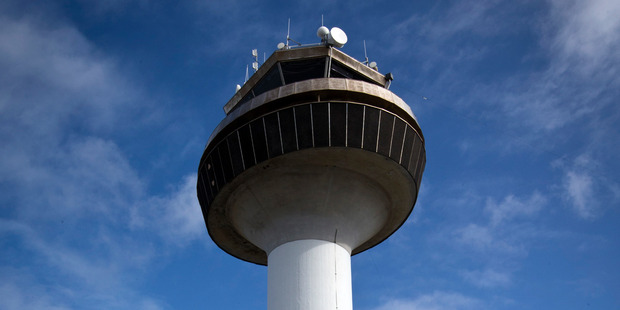 Aviation stands to save $2 billion over the next 20 years by replacing ageing air traffic management systems with modern technology, says New Southern Sky director Steve Smyth.
Aviation stands to save $2 billion over the next 20 years by replacing ageing air traffic management systems with modern technology, says New Southern Sky director Steve Smyth.
Ground-based radar technology now used to manage traffic dates from just after WWII, and the New Southern Sky programme will see it replaced with extensive satellite tracking.
Smyth says the changes echo a similar technology switch elsewhere in the world. "It's all about delivering economic and environmental benefits. We'll see shorter, more direct journeys and a faster turnaround of aircraft. This will reduce the amount of CO2 generated by the industry and the change will pay off in terms of fuel savings, lower operating costs for airlines and less capital investment tied up in aircraft."
We'll see shorter, more direct journeys and a faster turnaround of aircraft.
In addition to more direct flights, the new system will link airports to each other. That way, flights can be better timed to reduce the number of planes waiting in costly and environmentally damaging holding patterns above cities as they wait for a landing slot.
It's not just pilots, Smyth says. Baggage handlers, engineers, cleaners and catering staff will all have access to better information so they can become more efficient.
He says the crew on a plane leaving Heathrow in London will have up-to-date information on conditions at Auckland before takeoff and will get updates en route. A pilot will know well in advance what wind conditions to expect and if there is, say, volcano activity.
New Southern Sky will take 10 years to implement the National Airspace and Air Navigation Plan, approved by Cabinet in 2014.

While New Southern Sky is a New Zealand project, Smyth says there are many similar initiatives underway elsewhere. "Many of the challenges are the same everywhere. We'll have speakers coming to our conference from the UK and the US. We differ in terms of size and scale, that gives us the ability to be more agile. Here we have the ability to test systems, that's not always the case overseas."
Tuesday, 10 May 2016
Herald NZ
Bill Bennett
